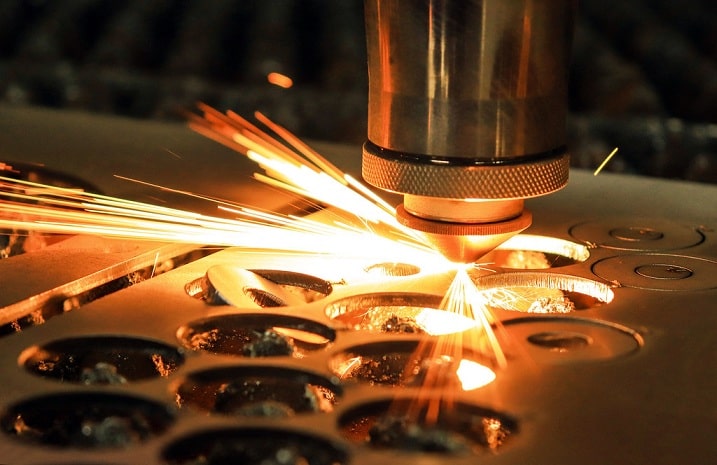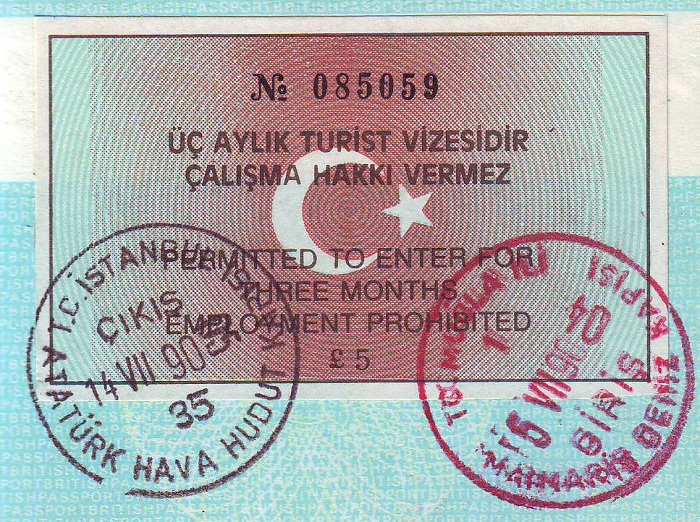Tech
Metal Laser Marking and Metal Laser Engraving – Alex

Laser Engraving, Laser Marking, and Laser Etching all have broad applications. But do you know the differences? Laser engraving metal laser etching, and laser marking are gaining popularity due to clear product and part identification.
These laser services can be used to mark products or parts and meet regulations.
What is the difference?
What are the main differences between engraving, etching and marking?
These terms are often interchangeable, but there are some differences between laser engraving, laser etching, and laser marking. Each process is unique and can be used for different purposes.
Laser Marking
Laser marking refers to when the beam interacts lightly with a surface, altering its properties and appearance. This is done by moving a low-powered beam slowly over the material. It’s called discolouration and creates high-contrast marks without causing any damage to the material. Laser heating the material causes oxidation beneath the surface, turning it black. To anneal the surface, it uses low temperatures on metal. This is all done without affecting the surface.
Laser engraving and laser etching are two different types of laser marking. This service is not available in all areas, and it is rarer. This is also known as laser colouration, dark laser marking, charring of plastic materials, and annealing of metals. There are four types of laser marking that is expected: annealing (carbon migration), foaming, and colouration. It is prevalent in the medical industry for titanium and stainless steel parts. However, it can also be used on other materials.
Laser Engraving
Laser engraving involves the removal of material’s surface by laser beams to reveal a cavity. This exposes an image at eye level. The laser produces high heat during engraving, which causes the material to evaporate. The material is vaporized at each pulse, so it’s quick. This creates a hole in the surface visible and feels good to touch. Repeat several passes to create deeper marks using the laser engraver.
While engraving is one sub-section of laser marking, it can still be very different. Laser engraving can be done in three ways: deep laser engraving, etching and laser ablation. The difference is how the surface is and how much it is removed. This is the best option for those who need something customized or personalized. This is not the best way to mark safety-critical parts. Maximum engraving depth in metals is 0.020″, but you can go as deep in graphite or other materials as 0.125″.
This is the fastest method to mark with lasers. You can engrave almost any surface, including metal, plastic, wood and leather. A second critical comparison is to see how laser engraving compares with traditional engraving. Laser engraving can be done on many materials. Laser engraving is more accessible than traditional engraving on small objects, such as jewellery. You have more font options. The chance of product damage and deformation is less. Laser engraving machines are more efficient than traditional methods.
Laser Etching
Laser etching is a subset of laser engraving. It occurs when heat from the beam causes the material’s surface to melt. Laser beams use high heat to melt the material’s surface. Melted material expands, causing a raised mark. In etching, depth is usually less than engraving. Laser etching, laser marking, and engraving are all different. Laser etchers alter the surface finish of metals to increase contrast and reflectivity. It takes out 0.001″ or less material. Laser etching can be done on metal surfaces that are bare, anodized, or plated, as well as on polymers and ceramics.




![[pii_email_4c910535350b5a41ee81] Error Code Resolved](https://wigily.com/wp-content/uploads/2020/09/pii_email_4c910535350b5a41ee81-Error-Code-Resolved.jpg)
